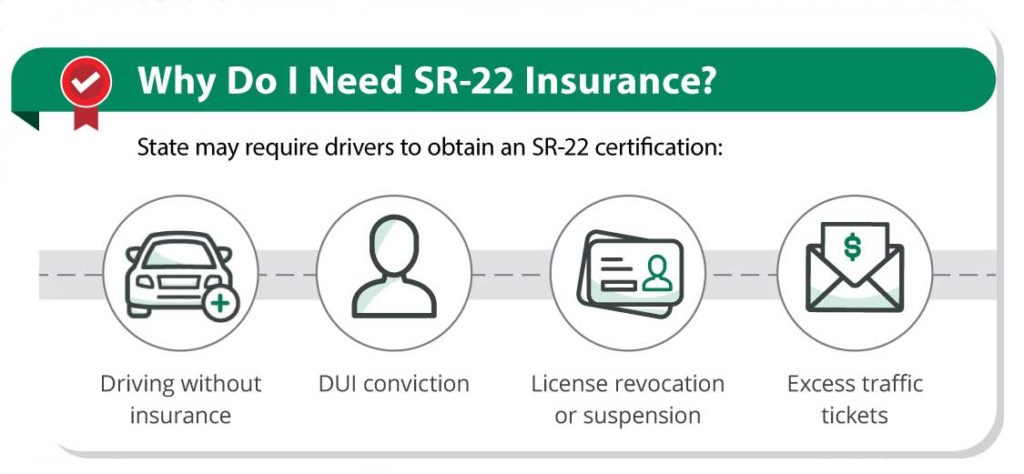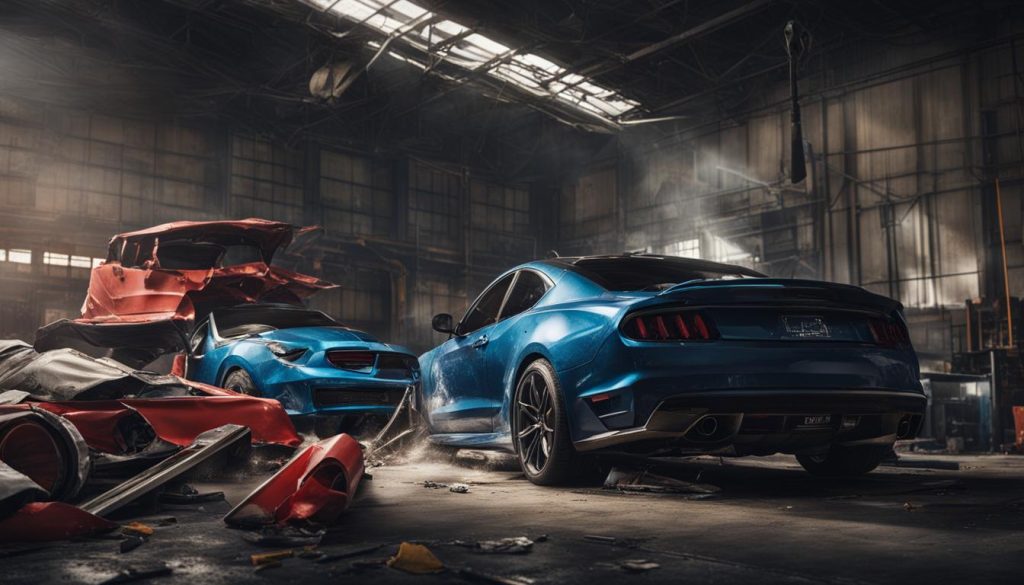By Jennifer Morrison, Head of Vehicle Safety at Mazda North American Operations
Embarking on the road of teenage driving is a pivotal, yet daunting moment for parents. We want our older children to be as safe behind the wheel as they once were while snuggly tucked into their car seats. A big part of ensuring our teenager’s safety on the road is minimizing distractions while driving and maximizing the benefits from available crash prevention technologies.
In my capacity as the Head of Vehicle Safety at Mazda, leveraging 15 years of expertise as a highway crash investigator, and as a parent to a newly-permitted teen driver, I am intimately familiar with the alarming statistics surrounding highway crashes. There are over 6 million crashes a year in the US, resulting in millions of injuries and tens of thousands of fatalities, a disproportionate amount happening at the hands of young drivers.
As the parent or responsible party, it’s important to learn the best ways to help your teenage driver minimize distractions and gain an understanding of how vehicle technologies are now, more than ever, part of the safety equation. We must educate new drivers as they start out that driving is a privilege, not a right, and must be handled with the utmost care. That’s why we’ve provided the following safety tips to keep teen drivers and parents safe behind the wheel.
Best Practices to Avoid Distracted Driving
While my work helps make cars as safe as possible, it remains the driver’s responsibility to focus on the road and not get sidelined by things like the ever-present pull of our cell phones. For teenage drivers, learning to drive is easiest when it’s the only thing they have to think about.
Firstly, limit the use of entertainment. It’s a good idea to gradually step into use of infotainment systems, encouraging new drivers not to tune into podcasts, audiobooks, or even the radio if they find it distracting. Cell phones should be placed out of reach during the critical learning stages. Once new drivers are comfortable with the fundamentals, staying connected safely is possible with systems like Apple CarPlay or Android Auto. In many newer vehicles, pairing the driver’s phone with the car can also enable automatic 911 calling in the event of a crash.
I’d also recommend limiting the number of passengers in the car with a new driver. Other passengers, especially peers, can be really challenging for teen drivers. So much so, that many states have incorporated limitations on passengers into their graduated licensing programs. Even if your state does not use graduated licensing, set boundaries on who is allowed in your teen driver’s car, as well as when and where they can drive. It’s often most effective to put down expectations, rules, consequences, and rewards on paper so your teen driver knows what they can look forward to once they prove themselves attentive and responsible.
There are plenty of teen driving apps available to assist, such as Life360, which offers location services along with advanced safety features like crash detection and detailed driver reports.
Selecting the Ideal Ride for Your Teen
Teens often have starkly different ideas for their first cars than their parents do. They may have slick wheels and a big engine in their sights while you have the older beater in the driveway earmarked for them. I assure you that there are plenty of better options in between.
The first instinct for many parents may be to purchase a used car. If you go this route, I’d recommend a Certified Pre-Owned vehicle built in the last few years. Another great option is to go with a new car, which also offers advantages such as a strong warranty and the most up-to-date safety technologies. Vehicles like the Mazda3 or CX-5 come standard with a variety of safety technologies and are named on IIHS and Consumer Report’s list of Recommended Safe Cars for Teens. The list considers cost and reliability, as well as recommended safety features in their roundup of best options. Whether your teenage driver starts off in a large SUV or sporty sedan, there are certain safety features I’d recommend across the board.
The Most Important Safety Features for Teen Drivers
The safety technology features I view as non-negotiables for teen drivers are automatic emergency braking, blind-spot monitoring, and lane departure warning systems, which Mazda proudly includes as standard across all new vehicles.
Automatic emergency braking utilizes sensors to detect potential collisions and can intervene by applying the brakes if necessary, while blind spot monitoring offers new drivers an extra set of eyes on busy highways. Lane departure warning provides timely alerts to prevent unintended lane changes or swerves, serving as an effective tool for reinforcing proper signaling habits.
Although these features can’t replace a fully attentive driver, they can serve as a safety net, helping to avoid crashes when teen drivers inevitably miss things, as even experienced drivers do.
Keep Your Teen Driver Safe Behind the Wheel
Although I’ve worked in transportation safety for many years, I currently have the honor of viewing teenage driving through the perspective of a concerned parent, and as someone whose kids will share the road with your kids. Let’s work together to educate our children about how easy and dangerous it is to become distracted behind the wheel, and if possible, choose a car that will be a good partner in keeping them safe. Working to limit known risks and lean into available technologies helps make driving safer for our own families and everyone else.
About the Author: Jennifer Morrison is the Head of Vehicle Safety at Mazda North American Operations. With a focus on overseeing the development of crash avoidance technology in vehicles, she’s determined to help improve roadway safety one car at a time. Before working for Mazda, Morrison spent over 15 years at the National Transportation Safety Board (NTSB) investigating highway crashes as an Investigator-in-Charge and a safety advocate.
#Driving #Safety #Tips #Parents #Teens










